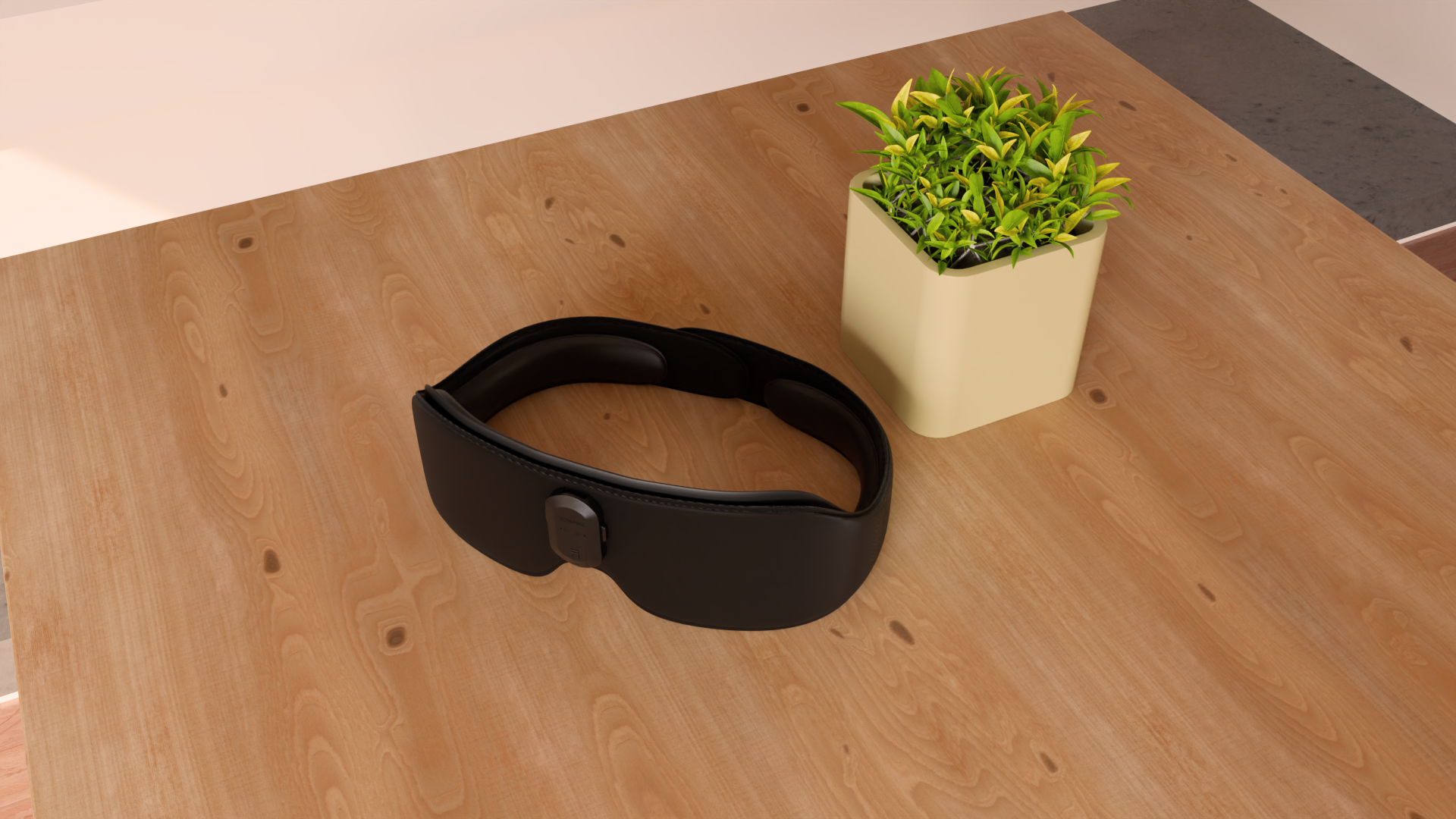Sweat the Stress Away: Embracing Physical Fitness for a Stronger Mind

Stay tuned to our latest news
The relentless pace of work, the barrage of information, and the pressure of societal expectations can lead to a state of chronic tension that pervades our daily existence. The quest for a remedy often leads to various solutions, from meditation retreats to digital detoxes, but one stands out for its holistic benefits: physical fitness. Not only does it sculpt the body, but it also fortifies the mind, making it a powerful pathway to stress resilience. Engaging in regular physical activity is akin to donning armor against the slings and arrows of outrageous fortune, providing a buffer that can absorb and deflect life’s stresses.
This article explores the multifaceted relationship between physical fitness and stress resilience. It delves into how a commitment to regular exercise can be a transformative journey, leading to a fortified mind and a sculpted body.
The Science of Stress and Exercise

The intricate dance between stress and exercise is a fascinating study of the body’s biochemistry and its impact on our overall well-being. When we encounter stress, our body’s ancient survival mechanisms kick into gear, initiating the fight-or-flight response. This response, while crucial in life-threatening situations, releases a cascade of hormones like cortisol and adrenaline. These hormones increase heart rate, elevate blood pressure, and boost energy supplies. In controlled doses, they prepare us to face immediate challenges. However, when stress becomes chronic, it can wreak havoc on our bodies, leading to a myriad of health issues such as hypertension, digestive disorders, and a weakened immune system.
Exercise emerges as a potent antidote to this stress response. When we engage in physical activity, our bodies undergo a positive transformation. The exertion of muscles and the rhythmic motion of exercise act as a physical meditation, allowing a release from the mental loops of stress. As the body heats up and sweats, it’s not just burning calories—it’s also burning off the edge of tension.
The science behind this lies in the release of endorphins, neurotransmitters in the brain that act as natural painkillers and mood elevators. These biochemicals are responsible for the famed “runner’s high,” a state of euphoria and invincibility that can envelop us after a vigorous workout. But the benefits extend beyond this transient state. Regular exercise has been shown to reduce levels of the body’s stress hormones, particularly cortisol, over time.
Moreover, exercise stimulates the production of neurotrophins, proteins that aid neuron survival and function. This leads to improved brain function, which can help buffer the brain against the effects of stress. Additionally, physical activity can foster neurogenesis, the creation of new brain cells, particularly in the hippocampus, an area of the brain associated with memory and learning. This neurogenesis enhances cognitive function and has been linked to decreased symptoms of depression and anxiety.
Establishing a Daily Exercise Routine

Finding the motivation and discipline to exercise regularly can be a challenge. However, incorporating a daily exercise routine into your life is crucial for maintaining physical and mental well-being. It is an investment in your overall health that yields long-lasting benefits. By prioritizing exercise and making it a part of your daily routine, you can reap the rewards and enjoy a healthier and more fulfilling life.
The key to establishing a successful daily exercise routine lies in creating a sense of consistency. Choosing a specific time for exercise each day, whether that be in the morning, during your lunch break, or after work, helps to cultivate discipline. By treating exercise as an appointment with yourself, you are more likely to follow through and make it a non-negotiable part of your day.
The type of exercise you incorporate into your routine should reflect your personal preferences and goals. Whether you prefer jogging, cycling, swimming, weightlifting, or yoga, finding an activity that excites and motivates you is essential. Additionally, diversifying your workouts can help prevent boredom and keep you engaged in the long run. Adding variety not only keeps things interesting but also ensures that different muscle groups are consistently challenged.
Everyone has different fitness levels and capabilities. It is essential to start at a manageable intensity and gradually build up your endurance and strength over time. Pushing too hard in the beginning can lead to burnout or even injuries, which can hinder your progress. Starting with achievable goals and gradually increasing the intensity and duration of your workouts is a more sustainable approach.
Accountability plays a significant role in maintaining a consistent exercise routine. Finding a workout partner or joining a fitness class can help create a sense of community and motivation. When you know that someone is relying on you to show up, it becomes easier to overcome any potential hurdles or excuses that may arise. Additionally, technology can also be a valuable tool for tracking your progress and holding yourself accountable. Various fitness apps and wearables can provide real-time feedback on your workouts, helping you stay motivated and maintain your routine.
While it is important to establish a daily exercise routine, it is equally vital to listen to your body and grant it the rest it needs. Incorporating rest days into your schedule allows for proper recovery and reduces the risk of injury. Rest days can also help rejuvenate your mind and prevent exercise burnout, enabling you to approach your workouts with renewed energy and enthusiasm.
The Mind-Body Connection

When we speak of physical fitness, it’s easy to conjure images of toned muscles and cardiovascular endurance. However, the benefits extend far beyond these visible markers. Engaging in mindful activities like yoga and tai chi goes a step further by bridging the gap between mental and physical health. These practices are not just workouts for the body; they are nourishment for the mind.
Yoga, for instance, is an ancient discipline that combines physical postures, breathing techniques, and meditation. It encourages practitioners to be present in the moment, to connect with their breath, and to observe their thoughts without judgment. This heightened state of awareness, known as mindfulness, is a powerful tool in recognizing and managing stressors. The deliberate, slow movements and controlled breathing in yoga help to anchor the mind, allowing stress to dissipate and fostering a sense of inner peace.
Similarly, tai chi, a martial art known for its slow and graceful movements, promotes a meditative state through motion. Often described as “meditation in motion,” tai chi encourages a focus on the present moment, the flow of energy, and the synchronization of movement and breath. This practice can lead to a deep state of relaxation, reducing stress and anxiety levels, and improving mental clarity.
The focus required in these exercises does indeed serve as a form of meditation, but it also strengthens the neural pathways associated with concentration and attention. As a result, individuals who regularly engage in these practices may find themselves better equipped to handle the demands of daily life, with a clearer mind and a more resilient outlook.
Furthermore, the mind-body connection facilitated by these activities can lead to improved self-awareness and emotional regulation. By becoming more attuned to the signals of the body, one can learn to recognize the onset of stress and take proactive steps to manage it. This self-awareness can also extend to other areas of life, enhancing relationships, work performance, and overall life satisfaction.
Cycling Towards Serenity
@amber_c_fitness Ride with me! @RENPHOgroup #Renphobike #aibike #smarthealthyliving #RenphoHealthHero #Renpho #weightloss #28DaysOfEucerin #cardio #weightlosstips #fyp ♬ Say So (Instrumental Version) [Originally Performed by Doja Cat] - Elliot Van Coup
The RENPHO AI Smart Bike is revolutionizing the way we approach home workouts and stress management. This cutting-edge stationary bike is designed to cater to a wide range of fitness levels, offering personalized workout difficulty and a subscription-free AI Gym App that provides access to over 70 unique classes. With features like virtual courses and cycling KPI monitoring, it’s more than just a piece of exercise equipment; it’s a comprehensive fitness platform.
For those seeking to alleviate stress through physical activity, the AI Smart Bike could be a game-changer. Its advanced magnetic resistance ensures smooth and silent adjustments, allowing for a distraction-free workout environment that’s perfect for melting away the day’s tensions. The AI-driven automatic resistance adapts in real-time to your pedaling cadence, providing a seamless experience that can help you focus on your exercise and clear your mind. Whether you’re looking to engage in a sweat-inducing fat burn workout or a leisurely scenic ride, this smart bike can help you increase your heart rate and speed up your fitness progress, all while monitoring how close you are to achieving your goals.
@dailyworkout24 RENPHO AI Smart Exercise Bike Indoor Cycling Bike with Auto Resistance | MFG-C05#cycling #workout #gym #fitness #dubai_dxb_uae ♬ Dj Habibi ( Thai Breakbeat ) - Rudy oktav
Incorporating the AI Smart Bike into your daily routine can offer a convenient and effective way to build resilience against stress. With its sleek design, cushioned seat, and ergonomically positioned handlebars, it’s designed for comfort, ensuring that your journey to stress relief is as enjoyable as it is beneficial. By providing a structured yet flexible workout regimen, the RENPHO AI Smart Bike can help you establish a consistent fitness routine that contributes to both your physical health and mental well-being.
Renpho Health Tips
-

Unlocking the Power of Aromatherapy Massage for Stress Relief with the RENPHO EyeSnooze Aroma
April 25, 2024
Read more >
-

Navigating, Not Just Surviving: Handling Academic Stress with Proven Coping Strategies
April 28, 2024
Read more >
-

Paws for Peace: How Pets Can De-Stress Our Lives
April 24, 2024
Read more >
-

The Rhythm of Relief: Tuning Into Music’s Stress-Reducing Symphony
April 15, 2024
Read more >
-

Creative Outlets: Using Art to Express and Relieve Stress
April 14, 2024
Read more >




